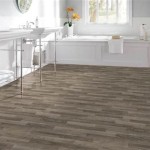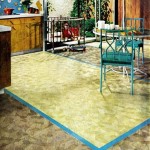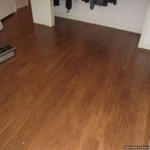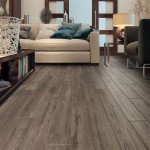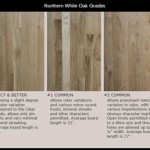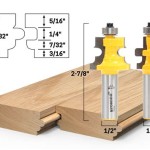Essential Aspects of Foam Under Hardwood Flooring
Installing foam under hardwood flooring offers numerous benefits, making it a crucial consideration for a durable and comfortable floor system. However, choosing the right foam and understanding its purpose is essential to ensure optimal performance. This article will delve into the essential aspects of foam under hardwood flooring, providing you with the knowledge to make informed decisions for your flooring project.
Types of Foam Underlayment
Various types of foam underlayment are available, each with unique properties and applications. The most common options include:
- Polyethylene Foam: A cost-effective and durable option that offers good sound absorption and moisture resistance.
- Polystyrene Foam: Provides excellent insulation and moisture protection, making it suitable for basements and crawl spaces.
- Cork Foam: A natural and eco-friendly option that offers superior sound and vibration absorption.
- Composite Foam: Blends different materials to provide a combination of properties, such as moisture resistance and sound insulation.
Benefits of Foam Underlayment
Installing foam under hardwood flooring offers several advantages:
- Sound Reduction: Foam underlayment absorbs sound waves, reducing noise transfer between floors.
- Moisture Protection: Foam underlayment creates a moisture barrier, protecting the hardwood flooring from spills and humidity.
- Improved Comfort: Foam provides cushioning underfoot, increasing the comfort of walking and standing on hardwood floors.
- Thermal Insulation: Foam underlayment can help insulate the floor, reducing energy costs and increasing comfort levels.
- Subfloor Leveling: Foam underlayment can be used to level uneven subfloors, providing a smooth surface for the hardwood flooring.
Choosing the Right Foam Thickness
The thickness of the foam underlayment depends on several factors, including the type of subfloor, the desired comfort level, and the sound absorption requirements. It is recommended to consult with a flooring professional to determine the optimal foam thickness for your specific project.
Installation Considerations
Proper installation of foam underlayment is crucial for its effectiveness. Follow these steps:
- Clean the subfloor and ensure it is dry and level.
- Unroll the foam underlayment and cut it to fit the room.
- Lay the foam underlayment down, ensuring the seams overlap by at least 2 inches.
- Tape the seams together using foam-compatible tape.
- Install the hardwood flooring over the foam underlayment.
Conclusion
Installing foam under hardwood flooring is a worthwhile investment that can enhance the durability, comfort, and sound insulation of your floor system. By choosing the right foam type, thickness, and installation method, you can ensure a high-quality and long-lasting flooring solution for your home.

The Advantages Of Poly Foam Underlay Blog Floorsave

Hardwood Floor Underlayment Options From The Forest Llc

Underlayment Buyer S Guide

Flooring 101 Best Underlayment For Hardwood Floors Next Day

Whisper Walk Foam Underlayment Is Ideal For Laminate Flooring Engineered Wood And Rigid Vinyl Plank Tile Do Not Use Under Sheet Or Other Soft Backed Materials It Has

The Complete Guide To Floor Insulation Eco Experts

Faux Hardwood Floor Interlocking Foam Tiles 25 Pack Fake Wood Flooring Gym Room At Home

White Foam Underlay Mulveys Of Dundrum

Roberts 100 Sq Ft Roll Of Serenity Foam Wood Laminate Underlayment 70 010 The Home Depot

Non Toxic Flooring Underlayment My Chemical Free House
Related Posts

